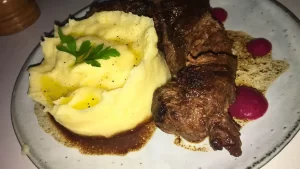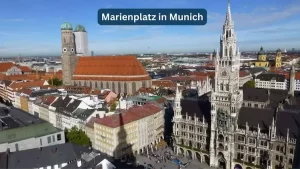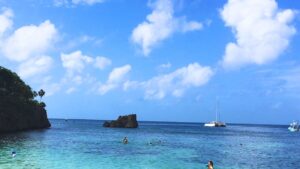The Best Guide to Gluten Free Travel in Panama City, Panama
Panama offers an exciting and safe travel destination for those following a gluten free diet or managing celiac disease. This slim isthmus nation in Central America, connecting Costa Rica to the north and Colombia in South America to the south, provides the perfect blend of modern amenities and natural attractions. With beautiful beaches, historic sites like the Panama Canal, unique indigenous cultures, and a rapidly growing economy, gluten free travelers can experience an incredible vacation.
Let’s discover the ins and outs of gluten free travel in Panama City, Panama!
Best places to stay in Panama City, Panama
When it comes to the best places to stay in Panama City, Panama, visitors are truly spoiled for choice. The bustling modern neighborhood of El Cangrejo is home to many top hotels like the Westin, Le Meridien, and Sortis Hotel offering luxury amenities and central locations. History buffs may prefer boutique hotels in the charming Casco Viejo district, steps from iconic sites like Plaza de Francia.
For those seeking beachside retreats, hotels lining the Avenida Balboa provide stunning ocean views. After a day of sightseeing or beach relaxation nearby in the towns of Punta Chame (Pacific Ocean) or Portobello (Caribbean Sea), Panama City’s lively nightlife heats up with trendy bars, nightclubs, and casinos found everywhere from the old town to modern nightlife hubs like Calle Uruguay and Villa Lucre. Whether dancing salsa into the night or sipping cocktails at a rooftop lounge, visitors can experience Panama City’s energetic after-dark scene.
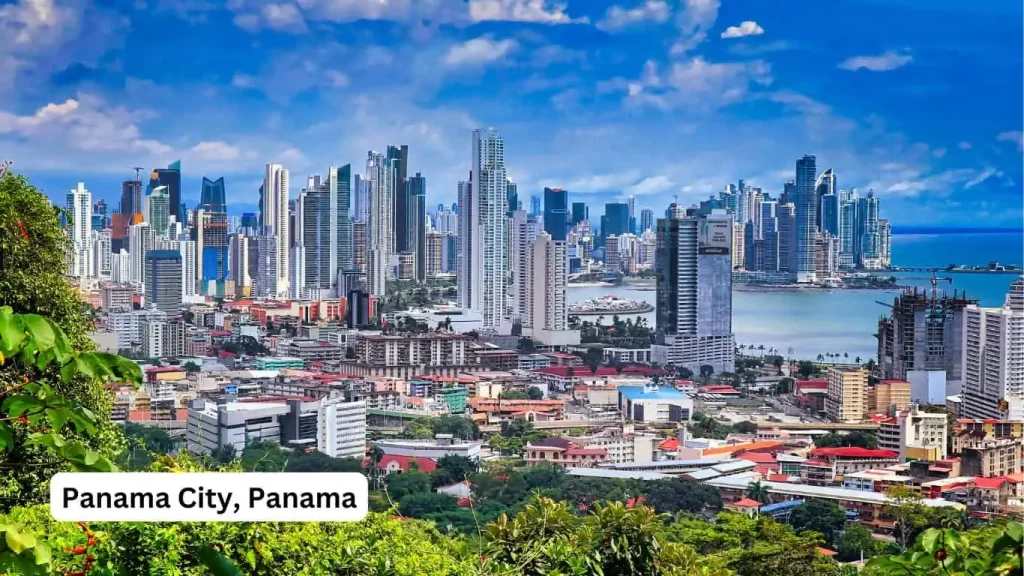
Is it safe to travel to Panama City, Panama?
Panama City is generally considered one of the safer capital cities for travel in Central America, though you should always take common sense precautions like in any other city. The tourist hubs of Casco Viejo, El Cangrejo, and Amador Causeway are heavily policed and relatively low-risk for crime targeted at visitors. However, areas outside of these zones can see higher rates of petty crimes like bag-snatching or pickpocketing, so avoiding quiet streets at night and not showing expensive items is recommended. Taking official taxis or Uber Panama is safer than hailing a ride, especially after dark. Major hotels, restaurants, and attractions are well-secured, but keeping valuables locked up is still wise.
Overall, millions visit Panama City each year without incident by exercising reasonable caution and being aware of surroundings like you would in any major city. Checking travel advisories and enlisting guides for any off-the-beaten-path activities provides extra safety.
What to do in Panama City?
Panama City offers a diverse range of activities and attractions to suit every traveler’s interests. Here are some top things to do in Panama City:
1. Explore the Panama Canal: Visit the Miraflores Locks Visitor Center to learn about the history and engineering behind this iconic waterway. You can watch ships passing through the locks and visit the museum to delve deeper into the canal’s significance. To see the Panama Canal’s famous locks and ships in action, take a day cruise along the waterway or visit the Miraflores Locks Visitor Center. You can also stay at the luxurious Gamboa Rainforest Resort within Soberania National Park, bordering the canal and offering incredible wildlife viewing opportunities.
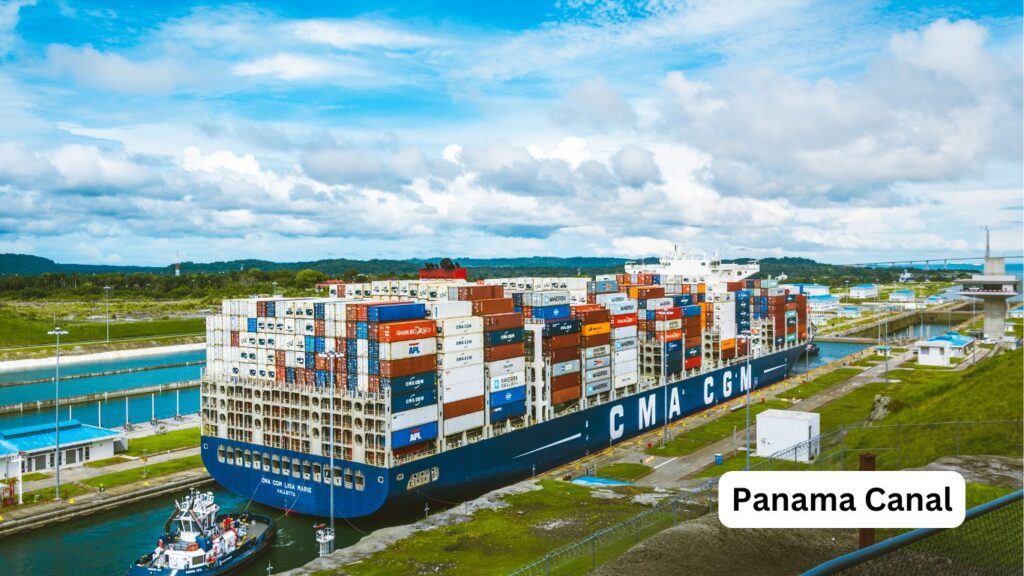
2. Casco Viejo: Wander through the historic district of Casco Viejo, known for its charming colonial architecture, colorful buildings, and cobblestone streets. Explore boutique shops, art galleries, and vibrant cafes, and don’t miss landmarks like the Metropolitan Cathedral and Plaza de la Independencia.
3. Panama Viejo: Discover the ruins of the original Panama City, founded in 1519. Explore the archaeological site, which offers insight into Panama’s colonial past, and visit the museum to learn about the city’s history.
4. Amador Causeway: Take a leisurely stroll, bike ride, or drive along the picturesque Amador Causeway, which connects Panama City to four small islands in the Pacific Ocean. Enjoy stunning views of the city skyline, harbor, and Panama Bay, and stop by the Biomuseo to learn about Panama’s biodiversity.
5. Ancon Hill: Hike to the top of Ancon Hill for panoramic views of Panama City and the surrounding area. This lush hilltop offers a peaceful escape from the bustling city below and is an ideal spot for birdwatching and photography.
6. Panama City Metropolitan Park: Explore the sprawling Metropolitan Park, one of the largest urban parks in Central America. Hike through tropical rainforest trails, spot wildlife such as sloths and monkeys, and enjoy stunning views of the city skyline.
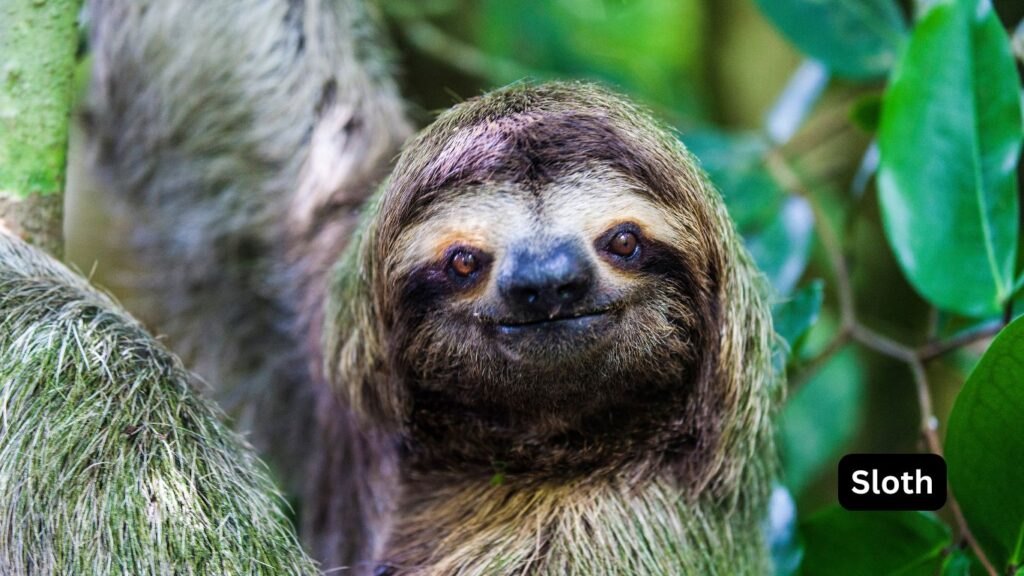
7. Shopping and Dining: Indulge in shopping and dining experiences in Panama City’s modern districts, such as Punta Pacifica, Obarrio, and Multiplaza Mall. Discover a variety of international cuisine, upscale boutiques, and luxury brands.
The multi-story Albrook Mall rivals any major U.S. shopping destination with luxury retailers, a food court with international eateries (many offering gluten-free options), movie theaters, and even an ice rink. It’s the perfect bad weather day activity or opportunity to load up on gluten-free supplies and souvenirs.
8. Nightlife: Experience Panama City’s vibrant nightlife scene, with an array of bars, clubs, and entertainment venues to choose from. Head to Calle Uruguay or the Casco Viejo district for lively bars, live music, and dancing until the early hours.
9. Exploring the Panamanian Countryside: While there’s plenty to experience in Panama City, don’t miss venturing out to explore the country’s incredible scenery and cultural attractions. The fertile El Valle region outside the capital is a lush mountain valley dotted with small towns, hiking trails, and indigenous artisan markets selling beautiful crafts and souvenirs.
10. The Caribbean beach town of Portobelo makes an ideal day trip, with colorful colonial architecture and the chance to experience authentic local life. Stock up on fresh tropical fruits, regional coffee, and gluten-free snacks at the local market stalls.
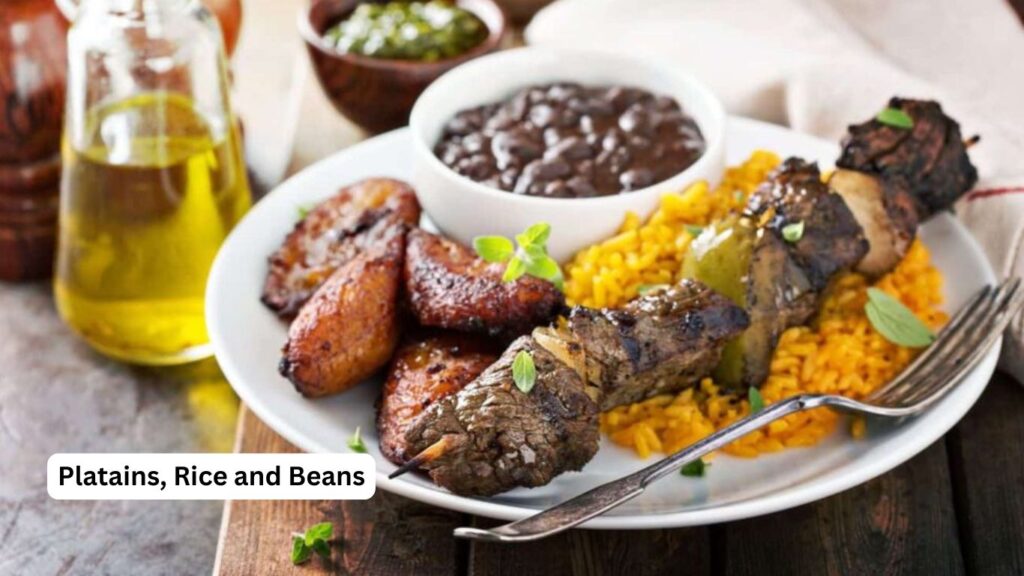
These are just a few of the many attractions and activities awaiting visitors in Panama City. Whether you’re interested in history, culture, nature, or nightlife, Panama City has something for everyone to enjoy.
What is the best month to visit Panama?
The best time to visit Panama largely depends on your preferences and the activities you wish to pursue. Generally, the dry season, which runs from mid-December to mid-April, is considered the best time to visit Panama. During this period, you can expect sunny weather, lower humidity, and minimal rainfall, making it ideal for outdoor adventures, beach vacations, and exploring Panama’s natural attractions.
If you’re interested in experiencing Panama’s vibrant culture and festivities, consider visiting during Carnival, which typically takes place in February or March. This lively celebration features colorful parades, music, dancing, and traditional performances across the country.
However, if you’re looking to avoid crowds and take advantage of lower prices, consider visiting during the shoulder seasons of late April to June or late October to early December. During these times, you may encounter occasional rain showers, but you’ll also benefit from fewer tourists, discounted accommodations, and quieter attractions.
Ultimately, the best time to visit Panama depends on your personal preferences, budget, and travel plans. Whether you prefer sunny beach days, cultural festivals, or exploring nature, Panama offers something for every traveler year-round.
What time is it in Panama, Central America?
Panama Time is usually one hour behind Eastern Standard Time (EST). So, when it’s noon in Panama, it’s 1:00 PM in EST.
The best place to fly into Panama is Tocumen International Airport (PTY) in Panama City. It is the largest and busiest airport in Panama, offering numerous international flights and serving as a major hub for travelers entering the country.
Gluten Free Travel in Panama City – Things to know before traveling
Before traveling to Panama, it’s important to consider several factors to ensure a smooth and enjoyable trip:
- Entry Requirements: Check visa requirements and ensure your passport has at least six months of validity beyond your intended stay. Panama allows many nationalities to enter visa-free for a specified period, but it’s essential to verify the latest regulations before traveling.
- Health Precautions: Consult your healthcare provider regarding recommended vaccinations and medications for Panama. Mosquito-borne illnesses like dengue fever and Zika virus are present, so use insect repellent and take necessary precautions. Consider purchasing travel insurance to cover medical emergencies.
- Safety: While Panama is generally safe for tourists, exercise caution in crowded areas, avoid displaying valuable items, and be vigilant against petty theft. Stay informed about local safety advisories and follow the advice of local authorities.
- Currency and Banking: The official currency of Panama is the Panamanian Balboa (PAB), which is equivalent in value to the United States Dollar (USD). USD is widely accepted throughout the country, but it’s advisable to carry small denominations for convenience. Credit cards are commonly used in urban areas, but cash may be necessary in rural areas.
- Weather: Panama has a tropical climate with distinct wet and dry seasons. The dry season typically runs from December to April, making it an ideal time to visit. However, be prepared for occasional rain showers even during the dry season. Pack lightweight, breathable clothing, sunscreen, and a hat to protect against the sun.
- Language: Spanish is the official language of Panama, although English is widely spoken in tourist areas and by locals involved in the tourism industry. Learning some basic Spanish phrases can enhance your travel experience and facilitate communication with locals.
- Transportation: Panama has a well-developed transportation infrastructure, including airports, buses, taxis, and rental cars. The Panama Canal serves as a vital transportation route, and visiting the Miraflores Locks Visitor Center provides insight into its operation. Consider using reputable taxi services or ridesharing apps for safe and convenient travel within cities.
- Cultural Etiquette: Familiarize yourself with Panamanian customs and etiquette to show respect for local traditions. Greeting people with a handshake and a smile is customary, and it’s polite to address others with their titles (e.g., Señor for men and Señora for women). Tipping is appreciated in restaurants and for services like taxis and tour guides.
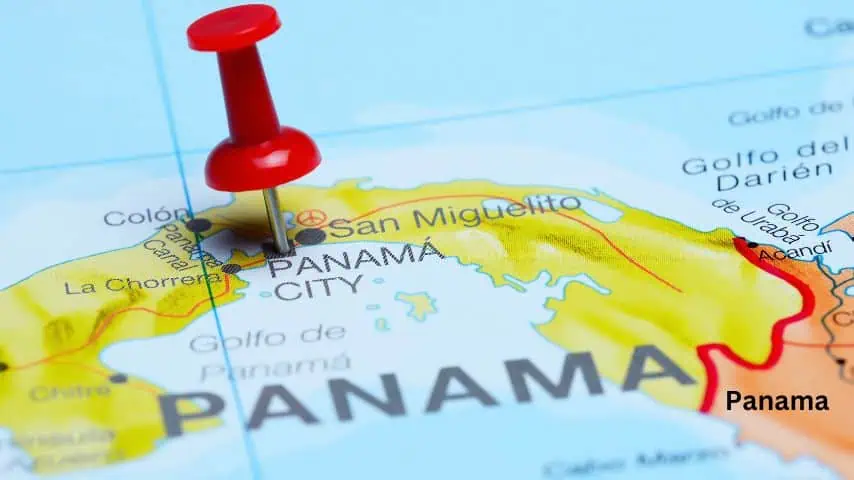
Gluten Free Travel in Panama City – Restaurants
Start your Panamanian adventure in the cosmopolitan capital of Panama City. As the largest country in the region with the largest economy in Central America, Panama City has emerged as a hub for international business and tourism. This vibrant city offers gluten-free travelers a wide array of dining options to suit every craving.
For safe ethnic restaurant meals, head to areas like El Cangrejo or Casco Viejo (the old quarter). Many restaurants in these neighborhoods are accustomed to serving international guests and can accommodate gluten-free diets and food allergies. With Panama’s strong ties to the United States as its largest bilateral free trade agreement partner, you’ll also find plenty of U.S. agribusinesses, franchises, and name-brand restaurants with gluten-free menus or protocols.
The vibrant Indian community in Panama City offers some fantastic authentic dining options for those craving delicious curries, naan, and other classic Indian cuisines. The Raj Restaurant is a longtime favorite, with an extensive menu covering both northern and southern Indian dishes. Taj Mahal Indian Cuisine as well has many gluten free food options and was delicious. In addition to traditional curries and tandoori items, many of those Indian eateries offer vegetarian and vegan accommodations. Just inquire with staff about wheat-based ingredients when ordering.
For local flavors, top Panama City gluten-free restaurants El Trapiche (specializing in corn-based cuisine with many naturally gluten-free items). Many local restaurants are also adept at managing cross-contamination risks with gluten-free meal preparation. Check out this map to find more GF restaurants in Panama City.
Gluten Free Travel in Panama City – Grocery shopping
Grocery shopping while in Panama City is easy thanks to large chains like Riba Smith and El Rey that stock a variety of domestic and imported gluten-free items like pastas, breads, snacks, and more. And the city’s numerous pharmacy and natural foods stores are great sources for vitamins, supplements, and gluten-free products.
Healthcare for Emergencies
Panama City also has several excellent hospitals and medical facilities should you require health care during your visit. Because Panama is a major tourism and retirement destination, most doctors and facilities can accommodate language needs and special dietary requirements.
Panama and Beyond
Panama City, Panama, offers an eclectic mix of attractions, catering to diverse interests. From the glitzy casinos dotting the skyline to the pristine beaches lining the coast, there’s something for everyone. The city pulsates with vibrant nightlife, with an array of bars, clubs, and entertainment venues to explore after dusk. Concerns about safety are addressed by the city’s proactive security measures, making it a welcoming destination for vacationers. Moreover, Panama City boasts a well-connected international airport, ensuring convenient access for travelers from around the world.
Tips for Gluten Free Travel in Panama City
With some careful planning and preparation, gluten-free travel in Panama is extremely manageable. Here are some tips:
- Download a Spanish gluten-free dining translation card or app to show waitstaff and chefs at restaurants. This helps communicate your dietary needs and avoid language barriers.
- Carry gluten-free snacks, sandwich supplies, and supplements to have safe options at all times during travel days and outdoor activities.
- Book gluten-free friendly hotels with in-room kitchenettes so you can prepare some meals yourself. Many U.S. chains and boutique properties provide gluten-free amenities, as they cater to international travelers.
- When purchasing souvenirs, stick to shops selling indigenous crafts, fresh foods/produce, and nonperishable, sealed/packaged items to avoid potential cross-contamination issues.
- While generally very safe, take standard travel precautions in crowded urban areas like using licensed taxis or ride shares. The U.S. State Department and travel resources like Cruise Critic provide up-to-date advisories.
Whether exploring Panama’s historic colonial cities, pristine tropical beaches, or the amazing engineering marvel that is the Panama Canal, those managing celiac disease or following gluten-free diets can experience this incredible destination with confidence. With world-class amenities and a wide array of dining options, Panama offers a perfect gluten-free getaway!


